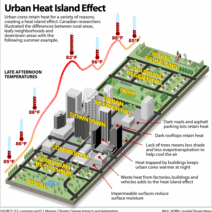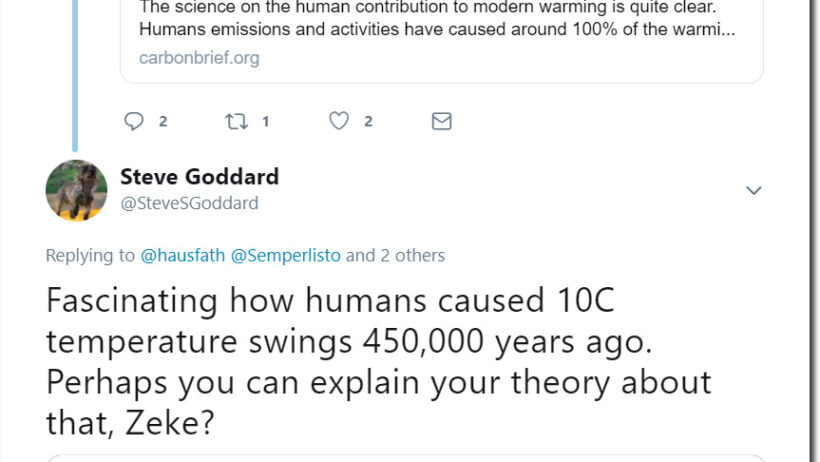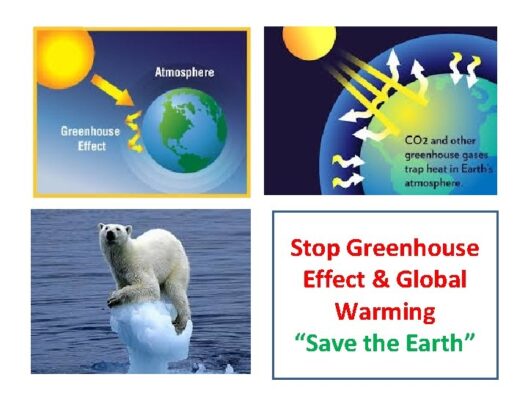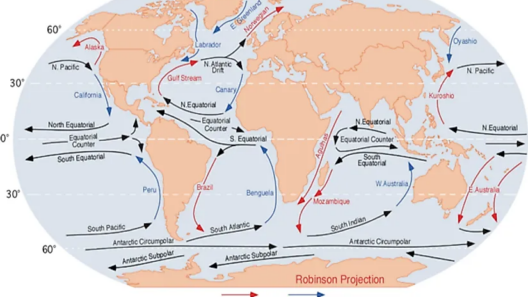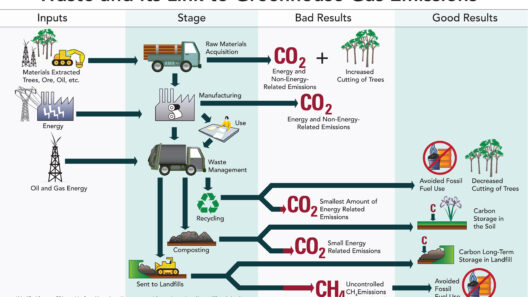Climate change has emerged as one of the most pressing issues of our time, spurring a multitude of scientific investigations aimed at elucidating its complexities. But how do scientists truly comprehend the current climate conundrum? This inquisitive endeavor invites us to contemplate the intricate web of data, models, and interdisciplinary collaborations that shape our understanding of Earth’s changing climate. Let’s delve into this multifaceted subject.
Global climate phenomena are not mere fluctuations; they represent intricate, interdependent systems at work. Scientists often exemplify this dynamic interplay by posing an intriguing question: What if our planet is a complex puzzle, and climate data is the key to unlocking its mysteries?
Indeed, to demystify the climate quandary, researchers rely on an amalgamation of empirical data, theoretical frameworks, and predictive models, which form the backbone of contemporary climate science.
The foundation of understanding begins with data collection, where scientists across the globe gather atmospheric, oceanic, and terrestrial measurements. Utilizing satellite technology and ground-based instruments, vast datasets are compiled. These critical statistics inform scientists about temperature variations, precipitation patterns, and greenhouse gas concentrations over time.
One pivotal aspect of this data collection is the role of historical records. Paleoclimate data, derived from ice cores, tree rings, and sediment samples, provide a historical lens through which current changes can be evaluated. By examining these records, scientists can identify natural climate cycles and discern the extent to which human activity contributes to modern climate shifts.
Equally important are the analytical frameworks that guide scientists’ interpretations. Climate models serve as navigational tools, simulating Earth’s climatic systems and forecasting future conditions based on various scenarios. These models incorporate principles from physics, chemistry, and geology, employing sophisticated algorithms to predict how different variables—like carbon emissions or deforestation—might influence global temperatures.
However, a playful question arises: How accurate can these models really be when faced with the complexities of human behavior and natural variability? The challenge lies in maximizing the precision of these projections while navigating inherent uncertainties.
The role of interdisciplinary collaboration cannot be overstated in enhancing our grasp of climate science. Atmosphere scientists, oceanographers, ecologists, and social scientists converge, pooling their expertise to tackle the intricacies of climate change. This collaboration fosters a holistic approach, prompting scientists to consider not only environmental consequences but also socio-economic implications.
For instance, as temperatures rise, the ramifications extend beyond mere meteorological shifts. Ecosystems are disrupted, leading to shifting biodiversity patterns. Food security becomes an intriguing challenge, as agricultural yields can fluctuate amid changing climatic conditions. The interconnectedness of these issues—environmental degradation, economic impact, and social justice—demands a multifaceted investigation.
Moreover, climate communication plays a critical role in fostering public understanding. Scientists strive to convey their findings in accessible language, transforming complex data into coherent narratives. This outreach aims to inspire action and encourage informed public discourse.
Yet, a compelling question persists: How can scientists effectively bridge the chasm between empirical findings and public perception? Part of the challenge lies in overcoming misinformation and navigating political landscapes influenced by vested interests. Scientists must remain vigilant advocates for honesty in climate communication, ensuring that the facts are neither oversimplified nor sensationalized.
In light of these challenges, the climate science community is embracing transparency. Open-access data platforms are burgeoning, rendering scientific data available to policymakers, researchers, and the public. This democratization of information fosters collaborative problem-solving and empowers community engagement, contributing to more resilient adaptations to climate impacts.
Moreover, the increasing reliance on citizen science exemplifies an innovative method for bolstering climate understanding. By harnessing the power of the public, scientists can gather valuable empirical data. Local communities often possess nuanced insights about their environments that enhance the robustness of scientific inquiries.
So, how effectively can we channel this burgeoning engagement to shape climate policy? Citizen participation may well redefine the landscape of climate science, propelling grassroots movements that hold policymakers accountable.
At this juncture, one cannot overlook the ethical dimensions entwined with climate science. As researchers parse through their findings and present projections, they must grapple with the moral imperatives of their work. A question arises: What is the responsibility of scientists in advocating for urgent action in the face of existential threats?
Finding resolution in this ethical maze requires a delicate balance between scientific rigor and moral advocacy. As stewards of knowledge, scientists are compelled to lead with integrity, championing initiatives that foster environmental stewardship and sustainability. This ethical commitment is vital, as the ramifications of climate change ripple through generations.
In conclusion, the current climate situation is understood through a confluence of empirical data, modeling precision, interdisciplinary collaboration, effective communication, and ethical considerations. While the complexities of climate change present formidable challenges, scientists remain at the forefront of this inquiry, dedicated to unlocking the mysteries of our planet. As we collectively ponder the questions that emerge from this endeavor, the importance of collaboration and informed action becomes ever more paramount. The climate narrative is still being written, inviting everyone to engage actively in its unfolding story.

